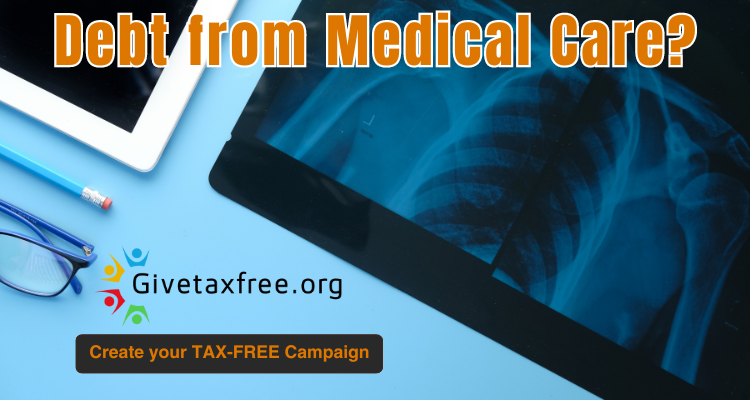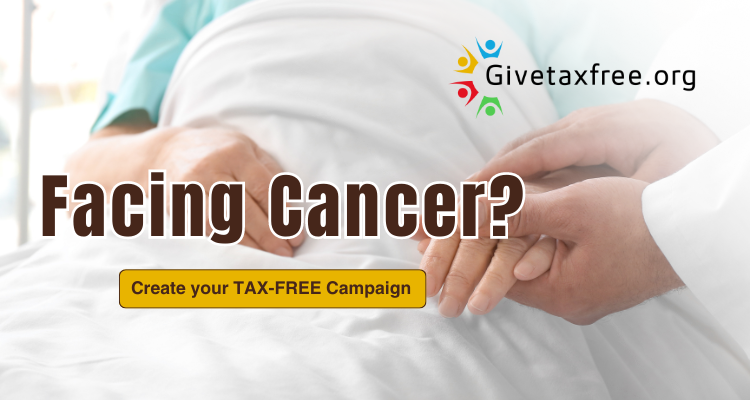MEDICAL ANIMATION TRANSCRIPT: Opioids are drugs that are prescribed to treat moderately severe or severe pain. Heroin, an illegal drug, is also an opioid. Opioid addiction is a brain disease where you have an overwhelming craving for the drug. You can’t stop taking the drug despite the harm it may cause you. An important treatment for opioid addiction is called medication-assisted treatment or MAT. MAT is a whole-patient approach that combines medication to help you stop using opioids with counseling and behavioral therapy. Three common medications used to treat opioid addiction are methadone, buprenorphine, and naltrexone. In the brain, each drug attaches to the same receptors on cells as the addictive opioids. Methadone activates the receptors, but it’s a slower-acting drug than other opioids because it takes longer to reach the brain when used as prescribed. This reduces the high feeling and prevents withdrawal symptoms. Buprenorphine is a weaker drug than opioids such as fentanyl because it doesn’t activate the receptors as strongly. This makes it much less likely to cause an overdose than a drug that fully activates the receptors. It also blocks other opioids from attaching to the receptors. As a result, it reduces cravings for addictive opioids without making you feel high. Naltrexone blocks the opioid receptors by attaching to them so addictive opioids can’t. This prevents other opioids that get you high from working. It does reduce cravings, but does not stop withdrawal symptoms. Drug treatment is more effective when combined with behavioral therapy. Therapy can help you handle stress and life events that can trigger cravings for opioids. Opioid overdose is a condition where taking too much of the drug may cause life-threatening symptoms. The amount that can cause an overdose varies from person to person and even within the same individual. Call 911 immediately if you think an overdose has happened. Start CPR if the person isn’t breathing. The most effective and life-saving treatment for an overdose is naloxone. It’s an injectable drug or nasal spray that quickly blocks the effects of opioids and can stop an opioid-related overdose. You can help prevent opioid addiction and overdose by taking non-opioid medications for pain when possible. Taking opioids as prescribed by your healthcare practitioner and doing physical therapy or exercising is recommended by your healthcare practitioner to help manage your pain. For more information about treating opioid addiction and overdose, talk to your healthcare practitioner.
#OpioidAddiction #DrugOverdose #fentanyl
ANH23270












![Mammogram screening to detect breast cancer should now start at 40, panel says [Video]](https://crowd-funding.givetaxfree.org/wp-content/uploads/2024/04/mp_258976_0_breastcancerscreeningjpg.jpg)
![Advancement in Cancer Treatment [Video]](https://crowd-funding.givetaxfree.org/wp-content/uploads/2024/04/mp_258631_0_0jpg.jpg)
![Amy Dowden reveals Kate sent message of support to her amid cancer battle [Video]](https://crowd-funding.givetaxfree.org/wp-content/uploads/2024/04/mp_256886_0_AmyDowden24424jpgjpg.jpg)
![Amy Dowden reveals the sweet message of support she received from Kate Middleton during chemotherapy after the Princess Of Wales shared her cancer diagnosis [Video]](https://crowd-funding.givetaxfree.org/wp-content/uploads/2024/04/mp_256857_0_840327350imagem911713966297628jpg.jpg)
